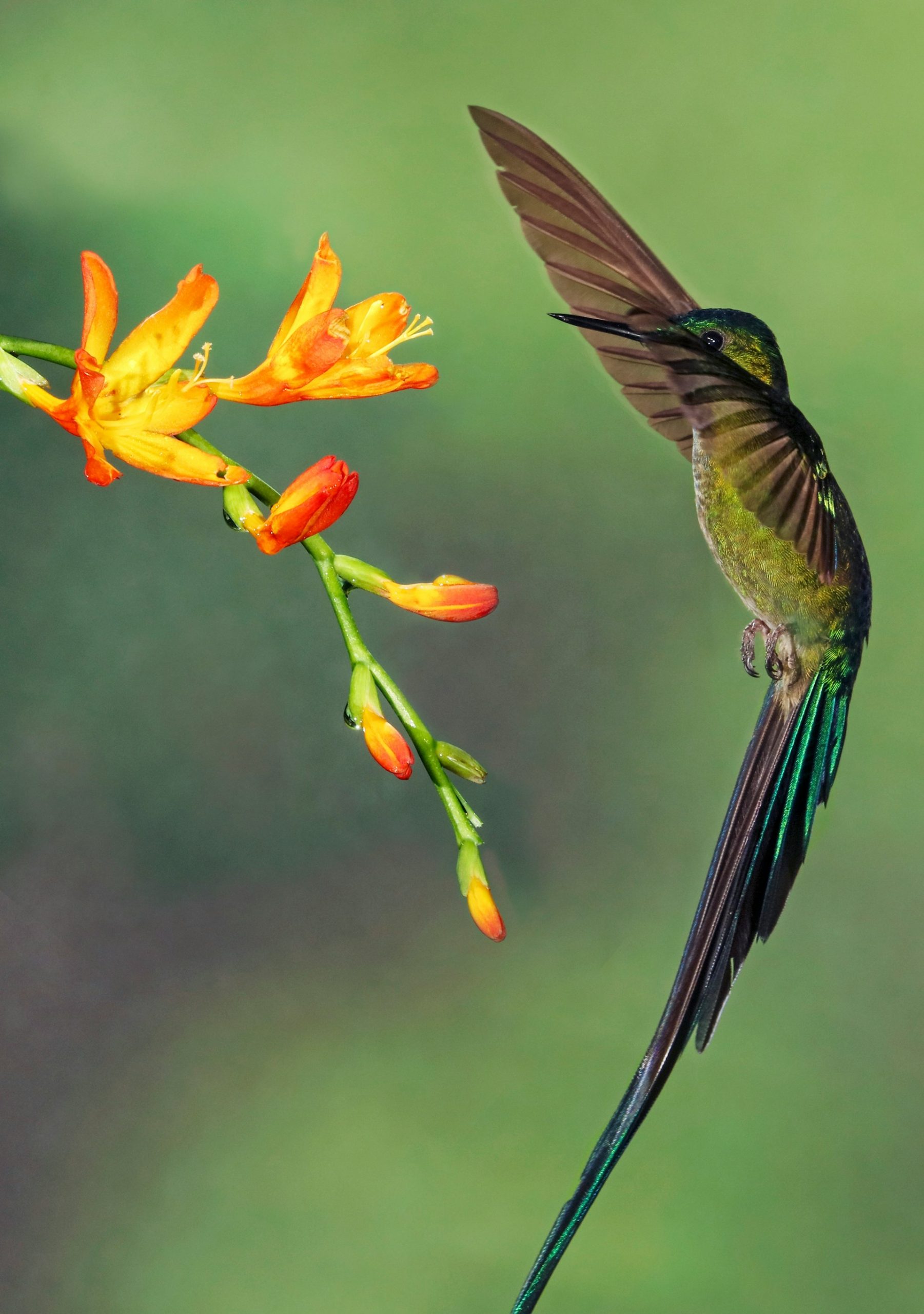Far from being just tiny jewels flitting among the flowers, hummingbirds hold a rich tapestry of cultural significance and symbolism that spans centuries. In the hearts of outdoor enthusiasts and gardeners alike, they are not merely admired for their astonishing beauty and acrobatic skills. These diminutive aviators symbolize a unique fusion of nature’s delicate artistry and fierce determination. This article delves into their cultural roots, especially focusing on the Aztec beliefs that once honored these vibrant creatures as more than mere birds.
Hummingbirds in Aztec Mythology
In the fascinating world of Aztec mythology, hummingbirds were much more than delightful parts of nature. They were deeply enmeshed in the spiritual and everyday lives of the people. Most notably, the god Huitzilopochtli as a hummingbird depiction is a testimony to the importance of these birds in Aztec culture.
Huitzilopochtli, the Aztec sun and war god, is often represented in art either as a hummingbird or an eagle. His name is derived from the Nahuatl words “huitzilin” (hummingbird) and “opochtli” (left), symbolizing the left-handed hummingbird. This depiction is not merely artistic; it signifies his role as a fierce protector and sustainer of the sun. The mythological birth of Huitzilopochtli tells of his mother, Coatlicue, who was impregnated by a ball of hummingbird feathers, imbuing his existence with the soul of a warrior descended from the sky.
The Aztecs believed that warriors and women who died in childbirth were transformed into hummingbirds, a belief echoing the tenacity and undying spirit of those who sacrificed themselves for the greater good. This symbolism of rebirth and eternal life added a layer of sacredness to the sightings of these little birds.
Symbolism of Hummingbirds
Hummingbirds symbolize a unique blend of beauty and aggression, representing nature’s paradox of delicate aggressiveness. Known for their intense territorial behavior, these feathered warriors are exemplars of ferocity, courage, and tenacity. Their petite and charming appearance starkly contrasts their warrior-like qualities, making them a perfect symbol of complex beauty and strength.
In various cultures, hummingbirds are often regarded as harbingers of hope, good luck, and healing. Their presence might signal that a period of hardship is coming to an end. The symbolism of hummingbirds in nature extends to personal encounters where grieving individuals find solace in these ethereal beings, interpreting their sightings as connections to lost loved ones or spiritual reassurance.
Real-life Adaptations and Behavioral Traits
Understanding the territorial behavior of hummingbirds, or as some call them, “jeweled warriors,” can enrich your garden experience. These tiny titans are known for their aggressive defense of feeding territories, driving away intruders with the vigor of much larger creatures.
Male hummingbirds are particularly notorious for their territorial displays, often fighting over feeder spots or patches of blooming flowers. To cater to these behaviors in your garden, providing multiple feeders and spacing them adequately can help. Here are some practical tips:
- Space feeders at least 15 feet apart.
- Position feeders out of sight from each other to minimize aggressive encounters.
During migration seasons, their focus shifts, and they become less protective over food resources, making it a slightly more relaxed time for their interactions.
Practical Tips for Hummingbird Lovers
If you wish to attract these fascinating creatures to your garden, consider these practical advice on hummingbird feeders and garden layouts for hiding places:
- Native Flowers: Choose native plants that provide continuous blooming cycles. Red and orange flowers are particularly attractive to hummingbirds.
- Garden Design: Create a sanctuary that mimics their natural habitat. This includes a strategic layout offering ample hiding spots and nesting areas.
- Water Features: Installing water fountains can provide bathing spots and act as territorial markers.
Incorporating a mix of native perennials and blooming shrubs ensures a steady food supply. Plants like trumpet creepers and bee balms not only add beauty but also nourish these agile flyers.
Conclusion
Hummingbirds, with their dual nature of beauty and fierceness, hold a special place both in cultural mythology and modern gardening. Reflecting on their cultural significance with the Aztec beliefs and the symbolism of their traits today, we find a powerful narrative of resilience and splendor.
For the outdoor enthusiast, creating a garden that welcomes these tiny warriors offers a window into observing their remarkable behaviors up close. By integrating supportive elements like native flowers, water features, and well-spaced feeders, you transform your garden into a hummingbird haven. These efforts are not just beneficial for the birds but also give you the joy of witnessing nature’s dainty yet fierce warriors in action.

